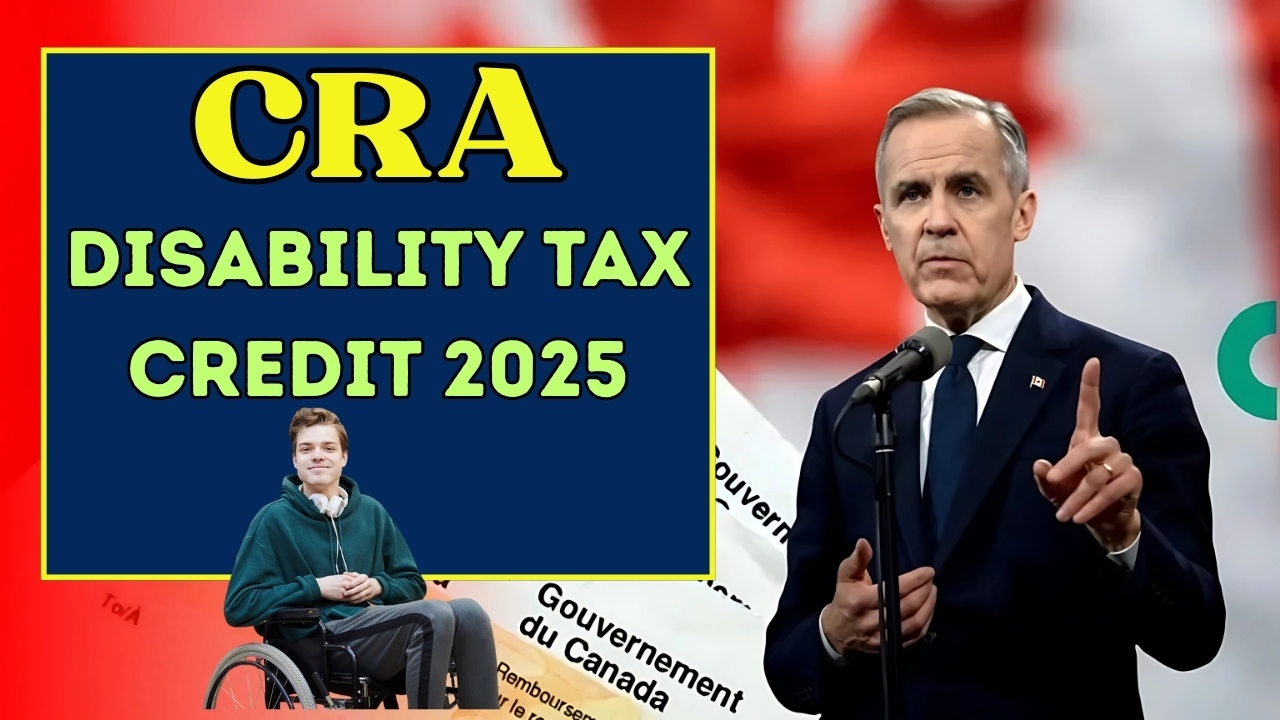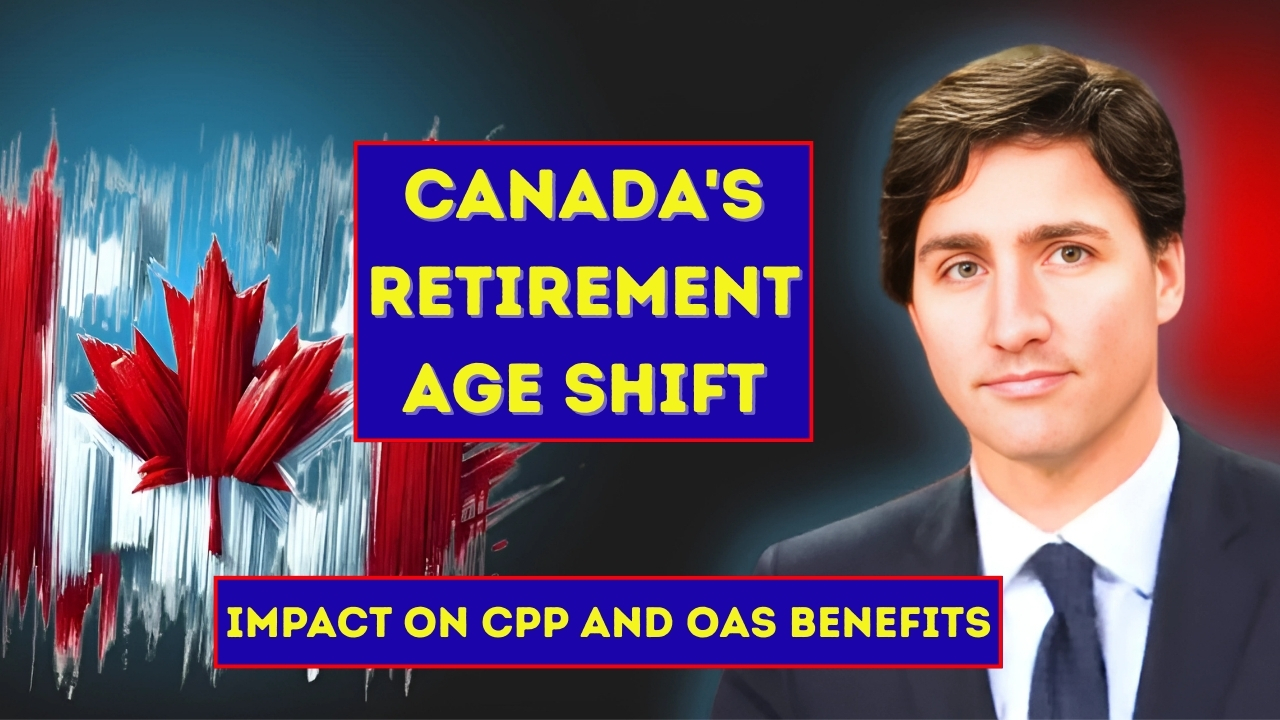Reason for Canadian Alert!
To onlookers, American fiscal theatre might feel peripheral to Canadian pension discourse. Yet, millions of Canadian households maintain ties to the U.S. program—dual citizens, retirees whose careers spanned both sides, and individuals dependent on transnational inheritances or enterprises. Should American Social Security benefits contract by the projected 20 to 25 percent, aggregate consumer demand would be weakened, the allure of Canadian winter resorts could diminish, and the customary circulation of U.S. retirees—who typically bolster local economies—would appreciably decline.
Canada’s old-age security landscape is facing unprecedented scrutiny. The recent turmoil in U.S. pension financing has confronted Canadians with a stark reminder: no public plan is immutable. While the CPP and OAS remain relatively fortified due, in part, to early legislative reforms and compulsory funding, advisers note that the prospect of a significant U.S. shortfall has triggered comparative discomfort. Clients are increasingly posing the counterfactual: Is a similar miscalibration plausible within our borders?
Extended life expectancies, persistent inflation, and a rapidly transforming economy together suggest that reliance on the CPP and OAS alone may no longer suffice for a dignified retirement. The recent U.S. federal discussions on benefit curtailment provide Canadians with a practical and immediate cautionary illustration of the risks that a misalignment of economic and demographic realities may present to older voters and the policymakers seeking to respond to them.
On the U.S.-Canada border, the unease is materializing into actionable behaviour. Financial advisers indicate a marked increase in conversations centred on the diversification of retirement revenue sources. Canadians with measurable Social Security histories are re-assessing the present and future reliability of that program, hedging exposure by accelerating contributions to RRSPs and TFSAs that carry aspirational rather than legislated durability. Some dual citizens are contemplating a reconfiguration of estate and cross-border tax dominion, pre-emptively insulating domestic and foreign legacies from entitlement uncertainty while the U.S. benefit trajectory remains unsettled.
Political Debate at Home!
Federal politicians are moving fast. Opposition leaders are urging the government to table the most recent extended-projection actuarial reviews of the Canada Pension Plan, while advocacy coalitions are demanding increases in benefits to prevent younger cohorts from navigating sudden divergences in retirement income. No solvency alarm is flashing at this moment, yet the narrative from south of the border has injected new urgency into our otherwise halting pension discussion.
Lessons from the U.S. Warning!
The prospective U.S. reduction set for 2034 stands as a stark illustration of the volatility inherent in aging systems everywhere. For Canadian policymakers, this episode serves as a cue for deliberation rather than panic. Although our framework is presently sustainable, the neighbouring disturbances underscore the continuing need for timely reform, disciplined personal accumulation, and unambiguous oversight, all of which to the best of our knowledge the political class cannot be left to promise alone.








